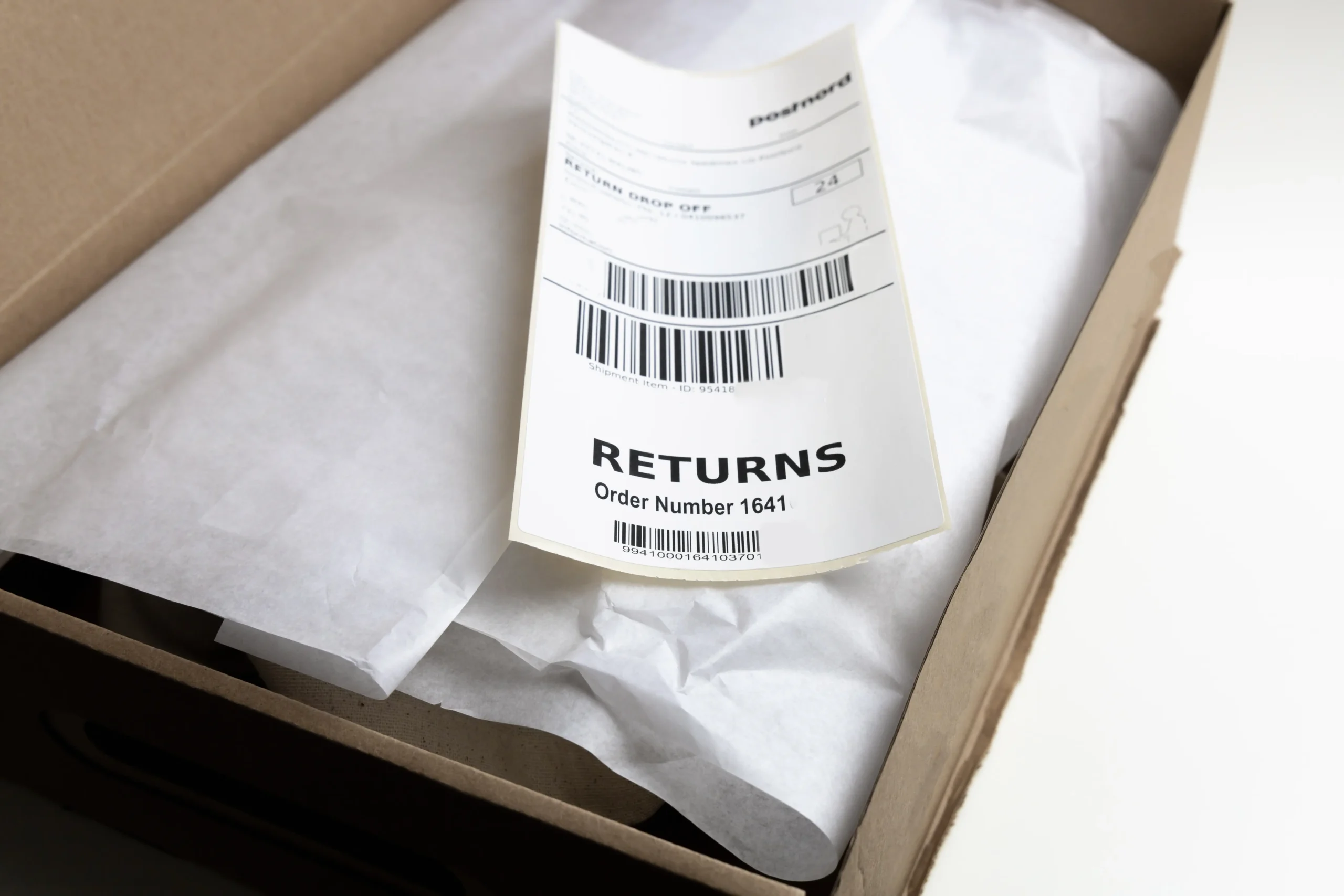Nobody likes being surprised by a bill with a bunch of unexpected charges. Yet so many shippers face just that when they audit their carrier invoices.
Calculating a package’s total landed cost doesn’t sound that complicated at first, but when you dig a little deeper, you see how hard it can be to get a firm grasp on this crucial piece of information.
Landed cost = base shipping cost + fuel + surcharges
Let’s break that down.
Base cost
Your base shipping cost is the starting point for the price you’ll pay to ship that package. Of course, you have to take into account the package’s weight, dimensions, destination and service type.
- Be aware of your dimensions! The carrier charges you for the higher of the actual weight or the dimensional weight (LxWxH divided by your DIM divisor, then rounded up).
- Ensure your warehouse team is always selecting the right box for the job. Packaging that’s too large for the item often qualifies a shipment to be charged for the DIM weight without the shipper realizing it.
- Choose the right service type for the destination. Don’t pay for two-day shipping for a package that would make it there in that time with ground service.
Also keep in mind that lightweight shipments that don’t travel far from your distribution point are likely to hit a minimum charge that negates a portion of your optimized discount. Shippers with higher discounts see this more, but most, if not all, shippers will watch their discounts erode.
Fuel
Fuel surcharges are calculated weekly, based on the cost of fuel prices. You won’t be able to avoid it, but it’s important to know that it fluctuates at least a bit each week. It is technically optimizable, but not many shippers bother with that point in a optimization when there are so many others that are more valuable, like those below.
Surcharges
Oh boy, where do we start? Surcharges are a fact of shipping life, but if you don’t understand which ones will affect your business the most, you might end up paying a lot more than you should.
The cost of almost all surcharges is optimizable, so it literally pays to know which will affect your shipments the most and optimize those.
A few key surcharges to examine include:
- Additional Handling: This can hit your invoice from a number of different angles, so stay alert. If your package’s actual weight is greater than 50 pounds, its dimensions exceed 48” on the longest side or 30” on the second-longest side, or it’s packaged in anything other than a squared cardboard box, this surcharge will apply. It will add $14.25 to $24 to your package cost. If you’re not expecting it, that’s a real hit to your shipping spend.
- Residential: Even without the pandemic, residential delivery was on the rise. By 2026, B2C shipments (which are primarily residential) are expected to be 70% of all shipments. Residential surcharges are applied because it takes carriers a lot more time, effort and fuel to get around residential neighborhoods, stopping frequently, than it does to zip around commercial areas and highways to deliver B2B shipments. Optimizing a good residential discount is a smart move, especially if you’ve seen a big uptick in this surcharge since the pandemic began.
- Delivery Area: Many shippers confuse this surcharge with the residential surcharge. But it’s entirely separate, and shippers often see both surcharges for one package. The delivery area surcharge is applied to shipments going to more than 25,000 ZIP codes — including ones you might not expect. Though many are truly rural areas, a ZIP code just outside a major city might be included in the list, making it tough to anticipate.
Surcharges are designed to assist the carriers with the heavy lift of the “last mile.” As carriers look for ways to add efficiencies to e-commerce deliveries (especially now), watch for alternative final mile solutions to become a deafening buzz.
The impact of landed cost on your shipping spend — and beyond
Besides costing you way more than you think, shipping affects how other areas of your business run as well. Knowing how to calculate landed cost will have a major impact on your operations.
If you’ve been underestimating landed cost, you’ve been offering the wrong shipping options to your customers, charging them wrong shipping amounts, creating the wrong promotions — and especially offering free shipping for the wrong minimums.
You won’t be able to get all those things right if you don’t know your own shipping data and the effect it has on your shipping spend. Analyzing your data to look for trends in surcharges and other costs will empower you to optimize a better contract and lower your shipping costs.
Want even more information on how to control those sneaky surcharges? Check out our eBook, 5 Budget-Busting Surcharges & How to Lower Them. It’s got the scoop on the biggest surcharges, what they cost, and how to tackle them.















